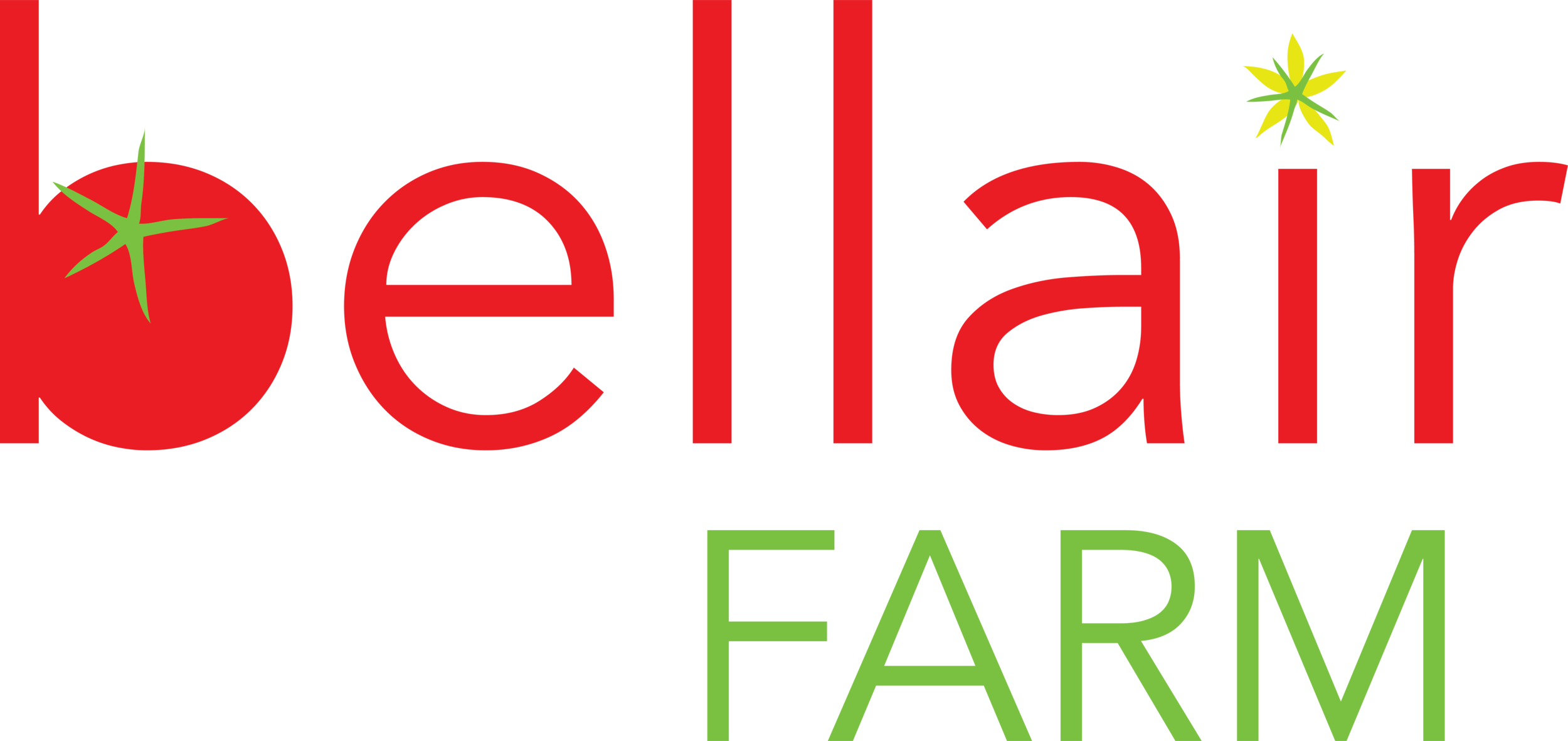Winter Squash Primer
Squash Harvest, 2021
It's called Winter Squash because it can be stored into winter (at least the good specimens of most varieties), but its grown in summer and harvested by early fall! We love this crop for its storage capabilities, palatability, and wide variety. In general, our squashes are pretty interchangeable. Acorn Squashes aren't quite as sweet, but the others, once cooked and incorporated into a dish, are pretty indistinguishable. I decide what squash to use based on how much I need and how I will process it before cooking. If I want a small amount of squash or if I want to have a cute dish of stuffed squash halves or pretty little slices, I use the smaller ones: Carnival, Delicata, Acorn. If I need a lot of pulp, say for a big batch of soup, or I'm cooking for a crowd, I'll use a butternut since it's faster to peel and cube or roast halved and scoop out in bulk. Here's a bit more about the types we grow:
Spaghetti Squash: this is the most unique winter squash! All the others have some sort of variably-sweet flesh and are generally interchangeable with each other. The spaghetti squash has a flavor much more like a summer squash and a texture unlike any other veggie we grow! Cut it in half, scoop the seeds, roast it in the oven, then use a fork to "string" it. This squash is often used as a substitute for spaghetti but is also really wonderful with just garlic butter as a side dish. in a ratatouille or other casserole, or try stuffing them with veggies and pork, like in this blog post.
Carnival and Acorn Squash: These squash are very closely related. The carnival is a bit on the sweeter side and is not a good storer. The Acorn can be sweet to not that sweet with yellow flesh and pairs well as a savory preparation or with some added sugar (I like maple syrup) in a sweet scenario. We'll give out the carnivals first since they don't store well and then switch to acorn. These can be stuffed as well. The small ones make perfect portions for that!
Kabocha Squash: most closely related to the hubbard squash, which we don't grow, the kabocha is sweet and orange. This variety was a trial for our favorite seed company, Johnny's. These were surprisingly early and high-yielding. We gave Johnny's our two thumbs up for production. Let us know what you think about the flavor!
Delicata: Another unique squash, this one has skin that is tender enough to eat! Halve the squash lengthwise and remove the seeds. Slice into "smiles" and roast on a baking sheet for little winter squash fries you can eat on their own or add to grain salads.
Butternut: Butternut -- everyone's favorite winter squash. It almost needs no introduction. We grew two varieties of butternut this year: the Waltham Butternut, the industry standard, and the South Anna Butternut, which is a Waltham crossed with the Seminole Pumpkin. The South Anna butternut has a larger-leaved and more vigorous vine, like the Seminole Pumpkin has, and a LOT more genetic variation. That means, some fruits are small, some are HUGE, and there's a lot of slightly different shapes. In general, at Bellair, we are steering more towards these types varietals -- generally older and more specifically gown for the South, and we can get away with it since we mostly sell by CSA and don't need unifomity in the way that a wholesale grower might, or even someone who relies on eye-catching market displays. We're getting our South Anna Butternut seed from breeder Edmund Frost of Commonweatlh Seed Growers. We are working with Edmund to provide him feedback as he works on developing cucurbit varietals with good taste and disease resistance for a warming mid-Atlantic.







